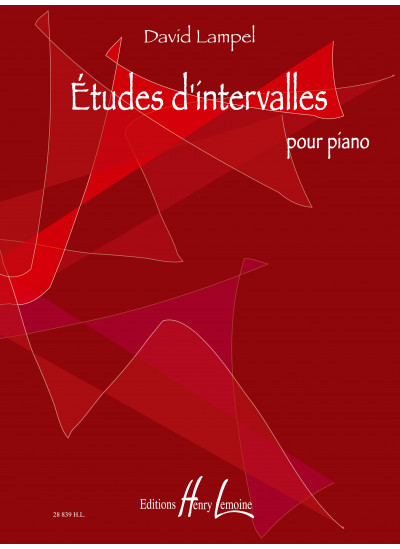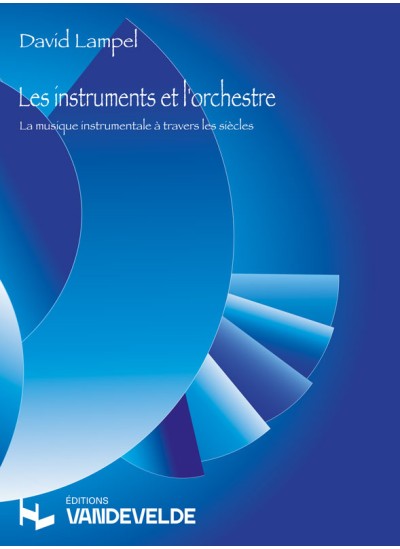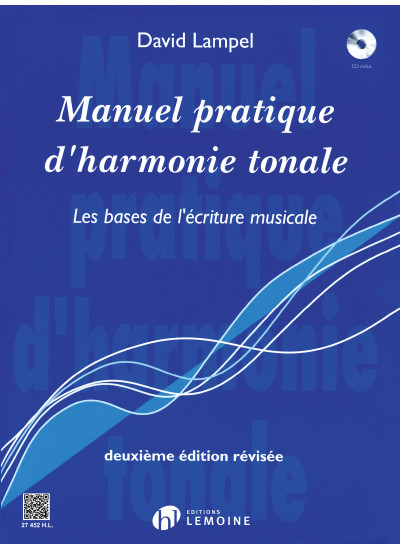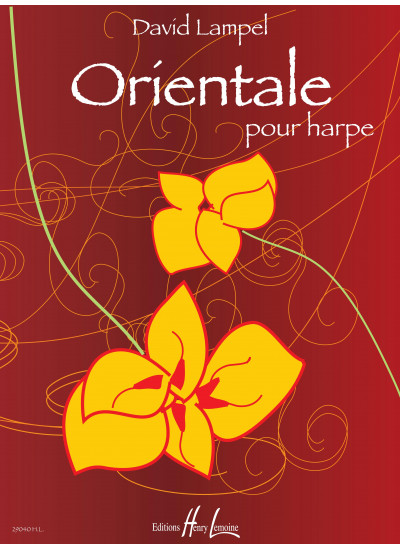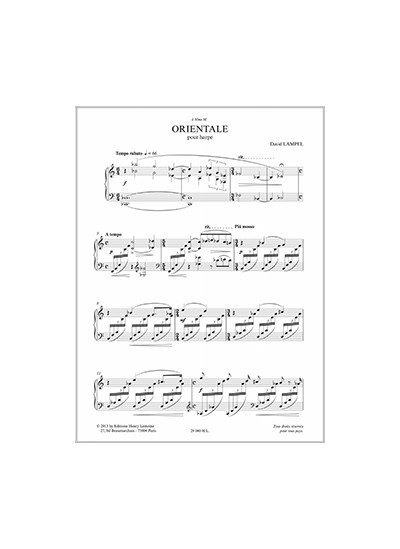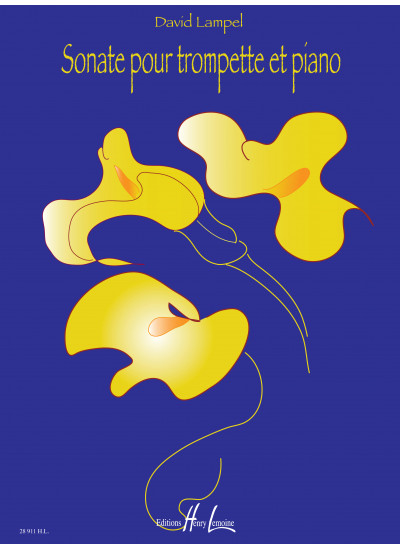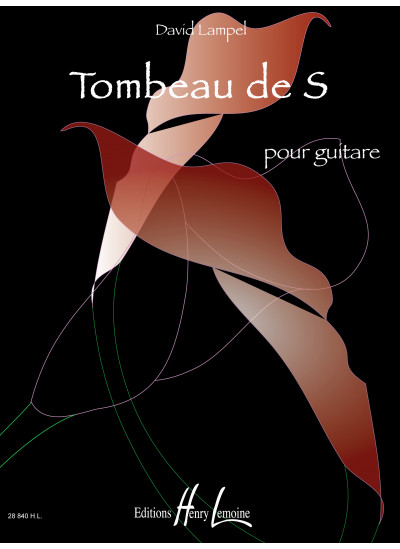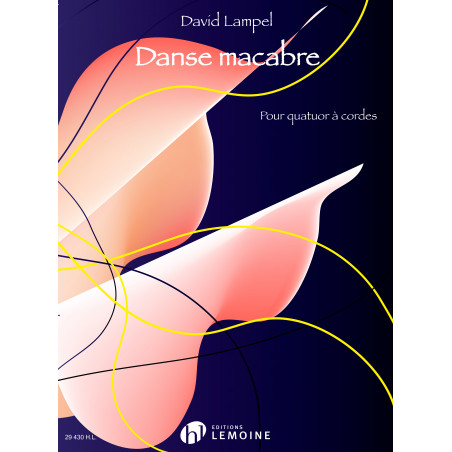
Play
a sample
22/07/2017 - Skebobruk (Sweden), Sommarnattens Toner - Quatuor Debussy
The danse macabre, or dance of death, was a common theme in art throughout the Middle Ages, showing the living and the dead together, and how social distinctions are vain faced with the destiny of death. Throughout the14th,15th and16th centuries, this theme was often painted on walls of churches and cemeteries in Northern Europe and was also the subject of poetry and theatrical performances.
Danse macabre is conceived like those pictorial representations, made up of a chorus (death) alternating with couplets of different moods and tempos (the living). The chorus is presented in the introduction and then varies each time it reappears in function of the couplet which precedes it. The coda picks up elements of the introductory chorus accompanied by an ostinato bass which fades out progressively.
David Lampel
Translation by Richard Morgan



